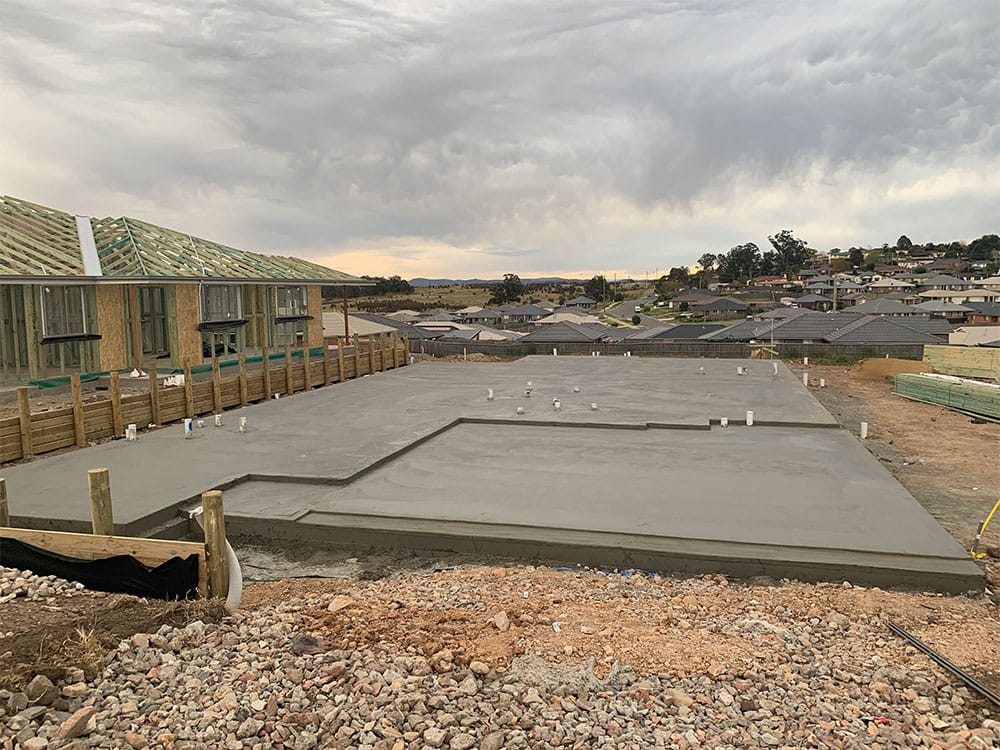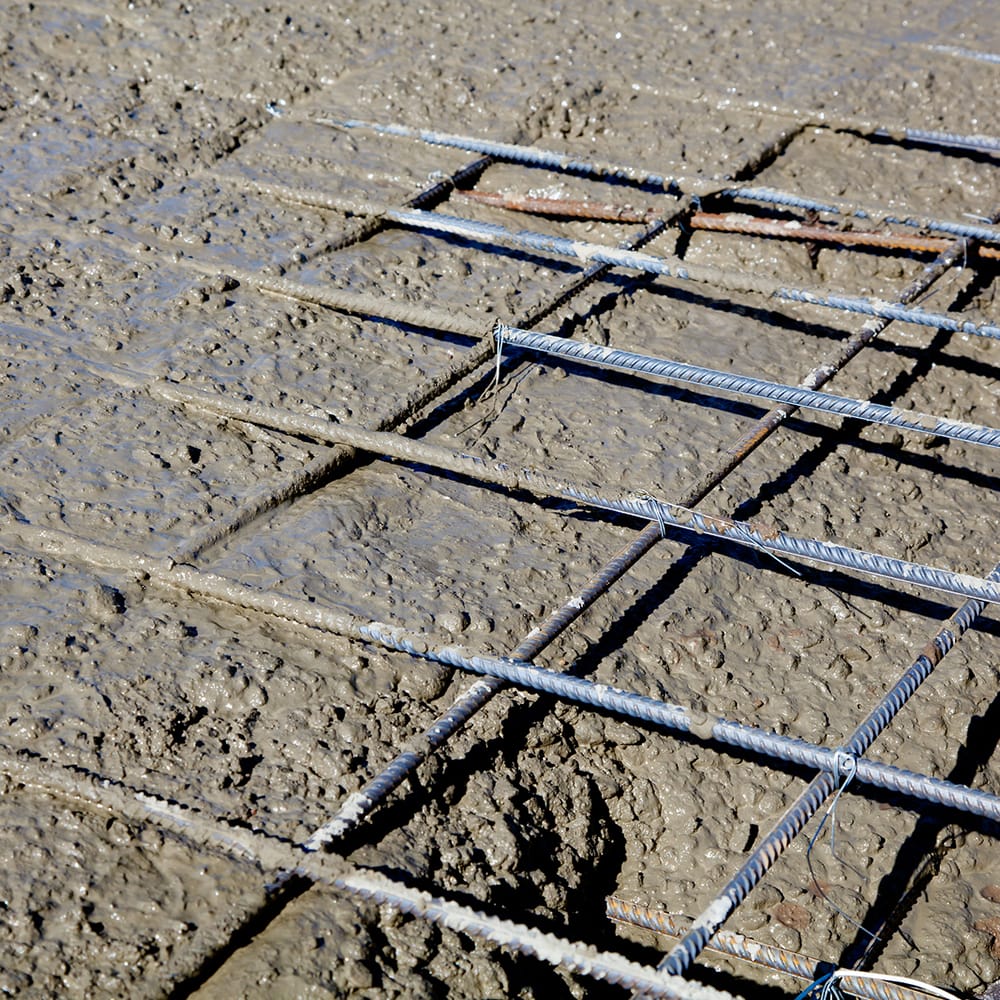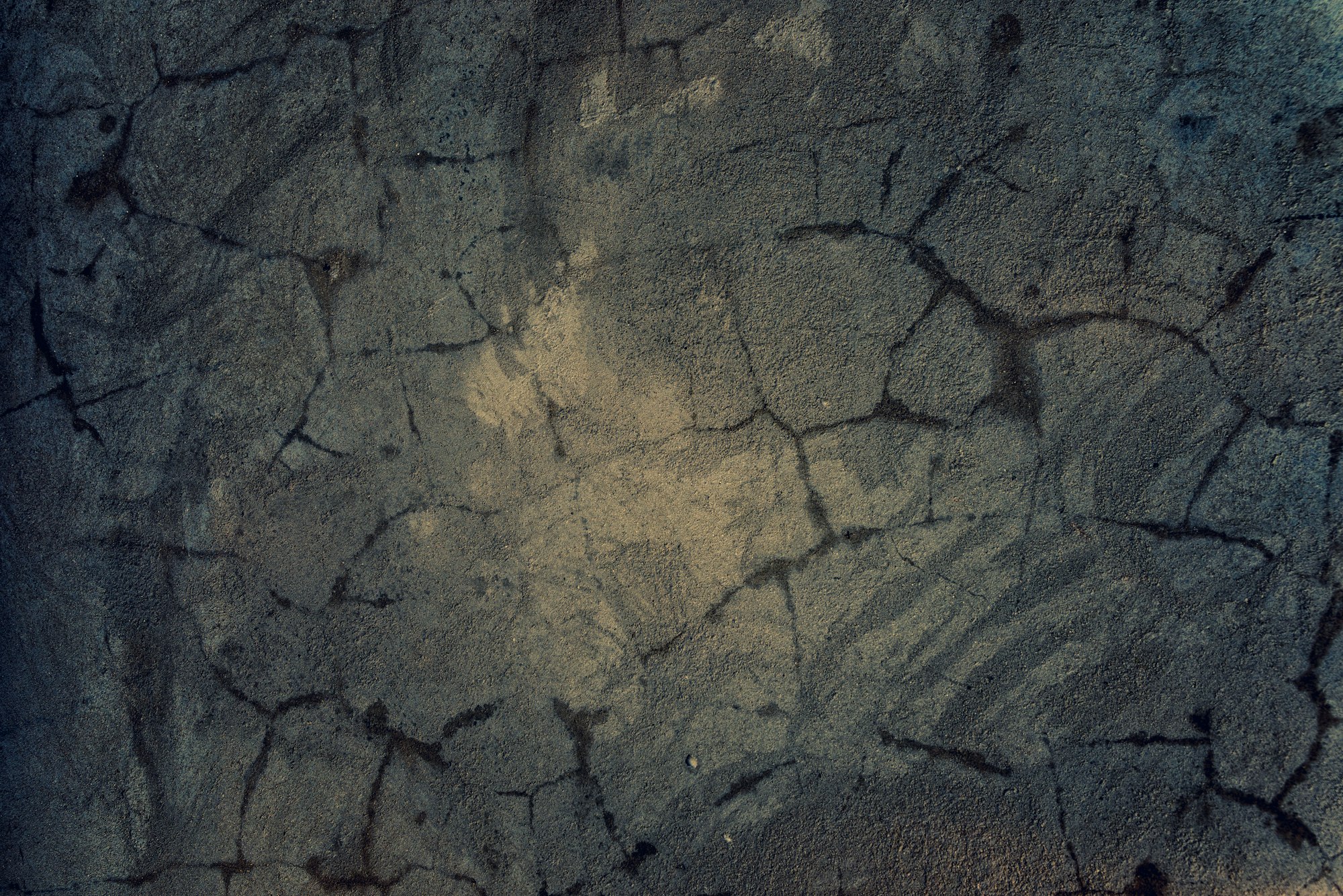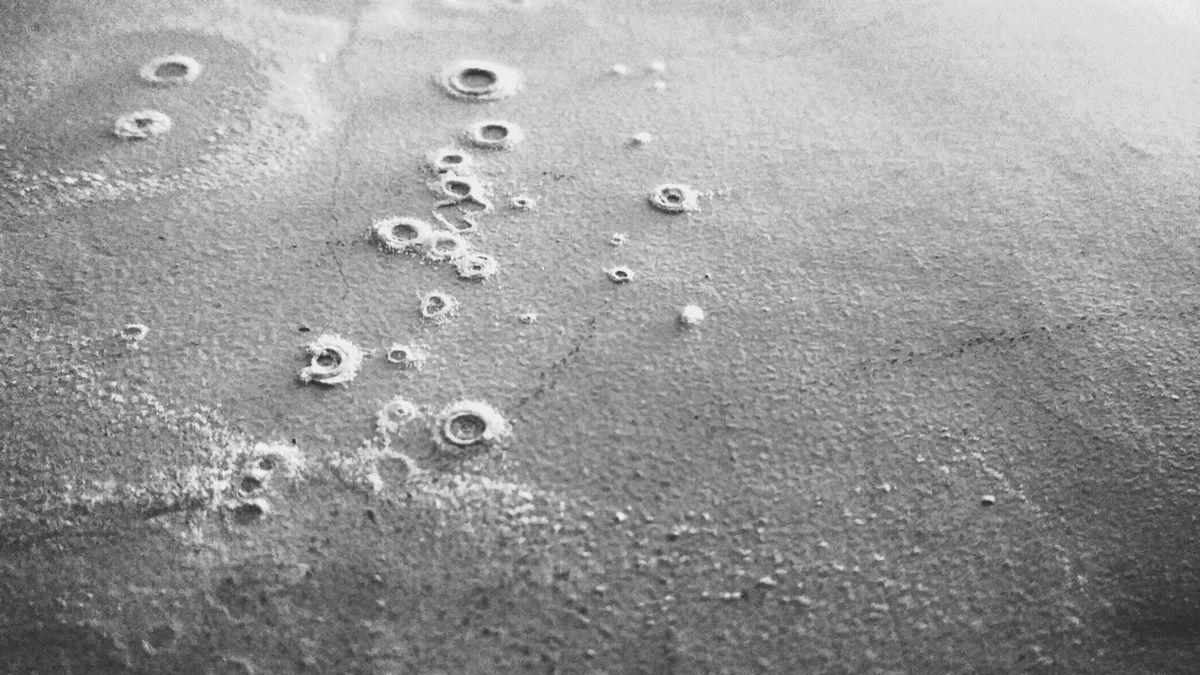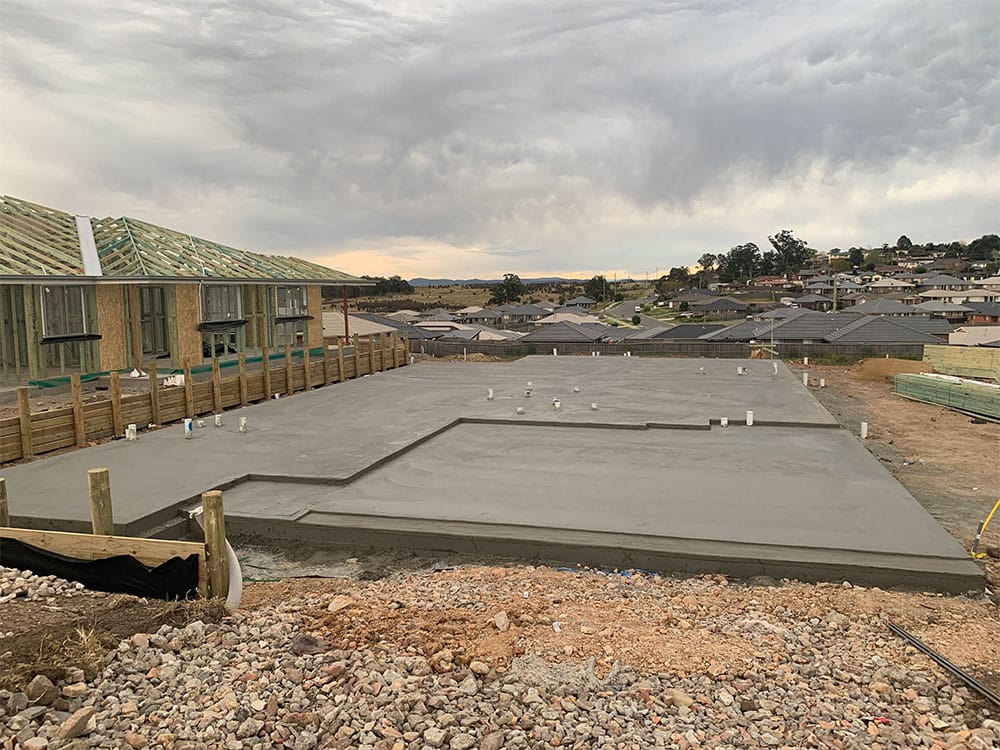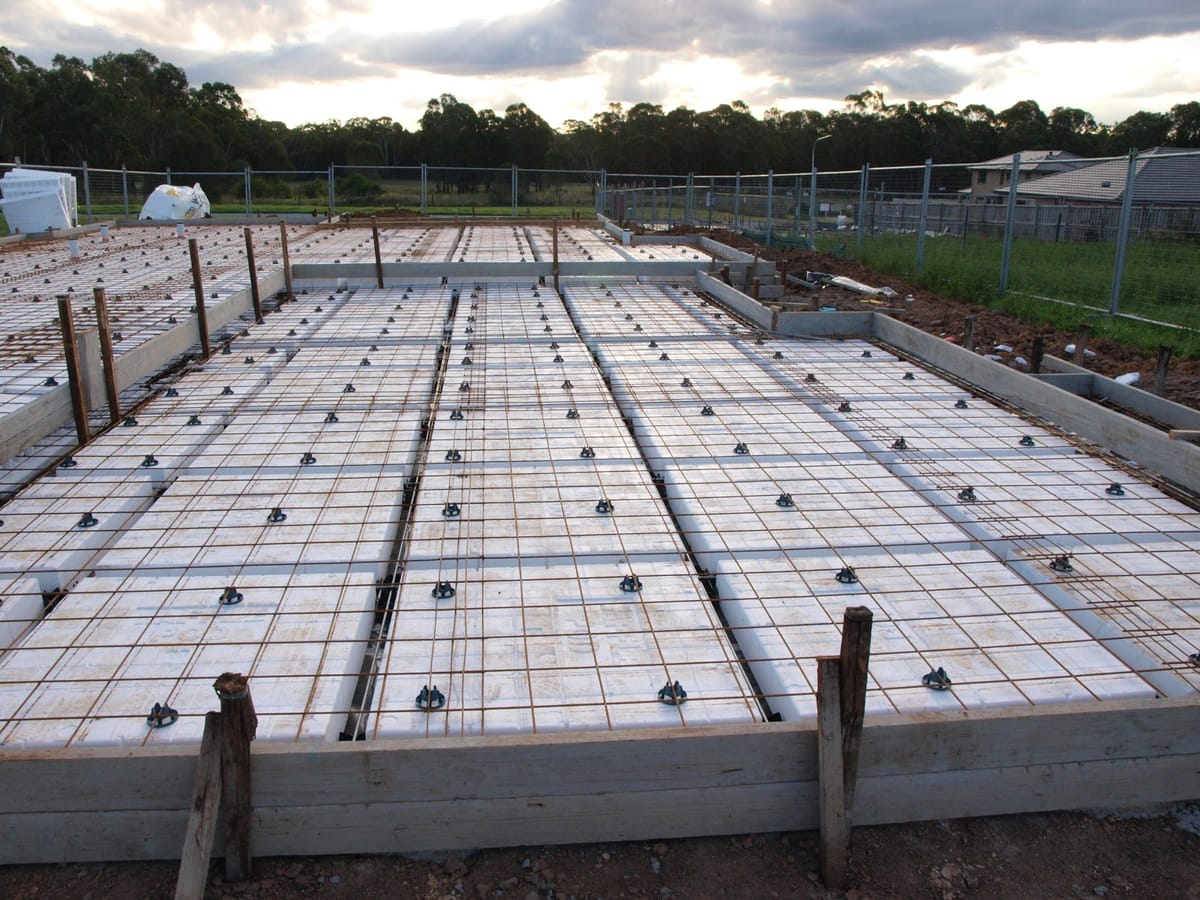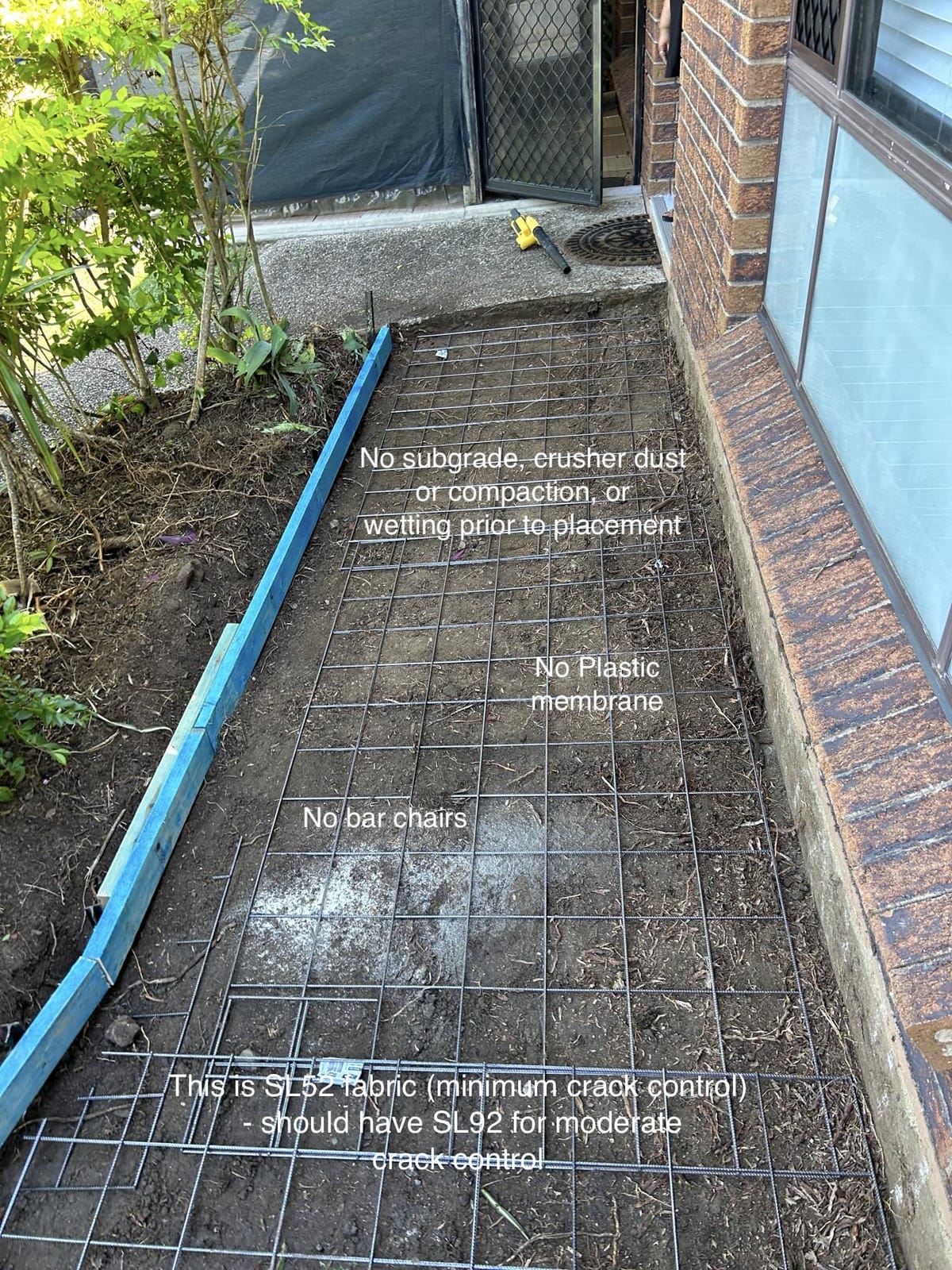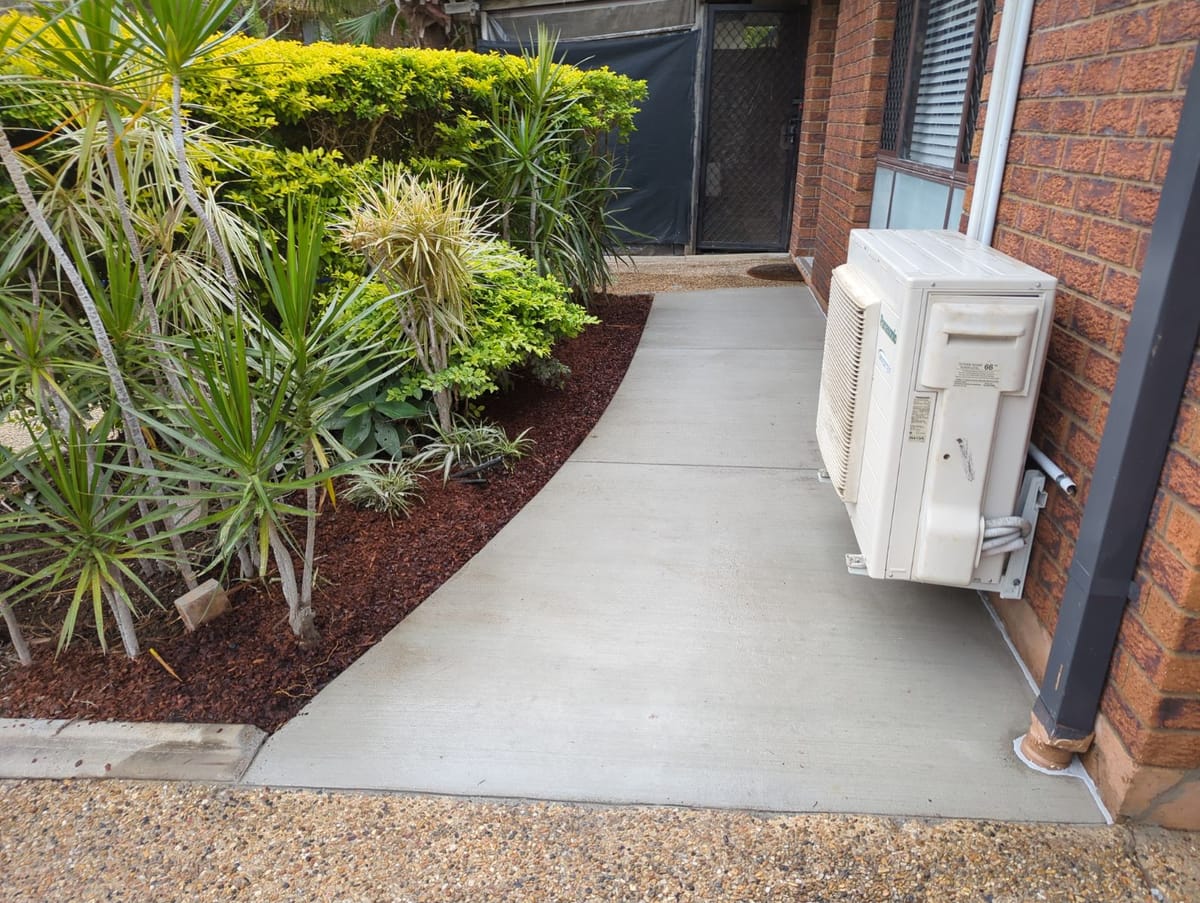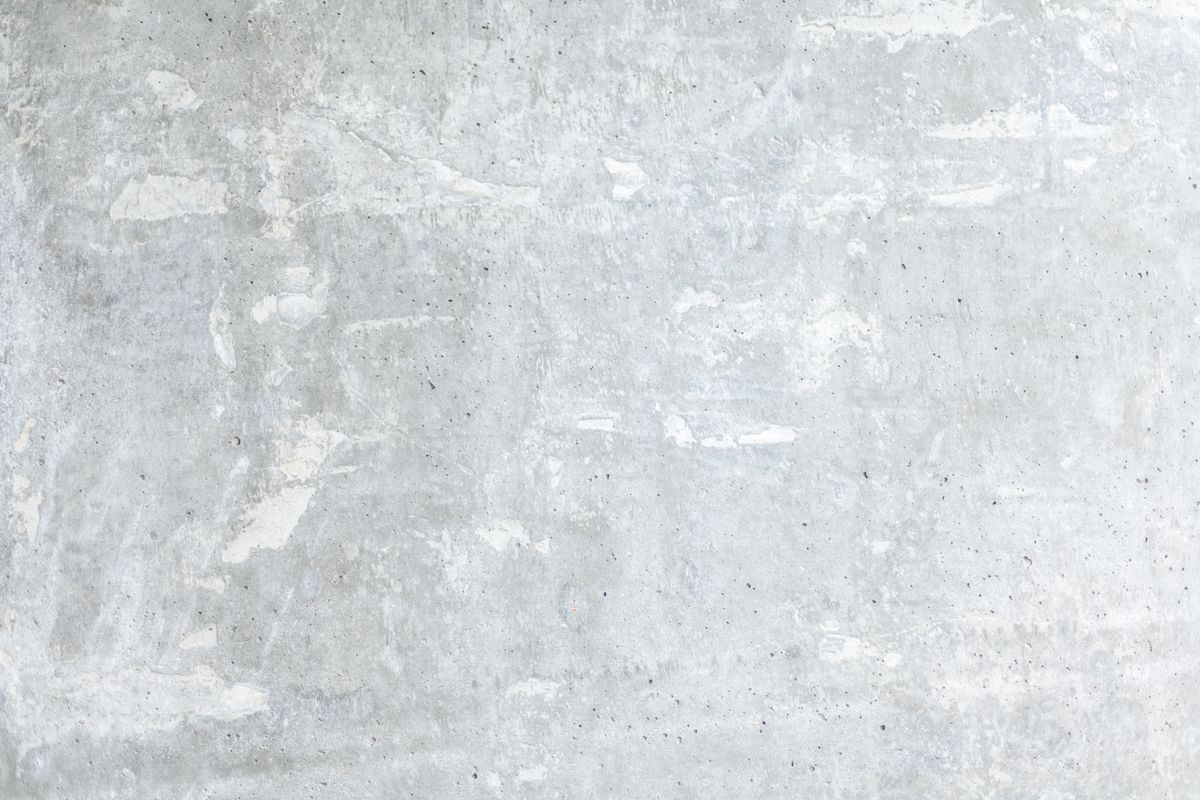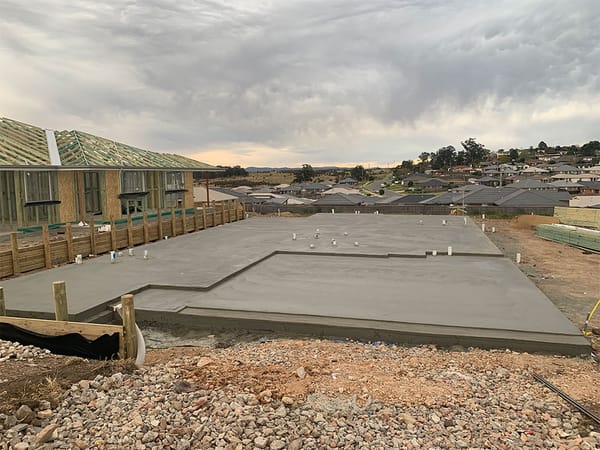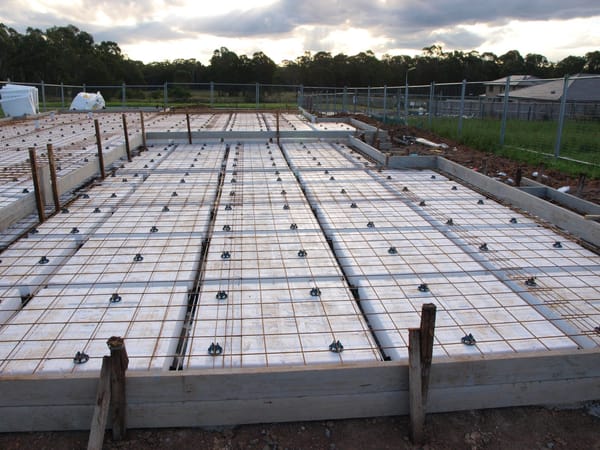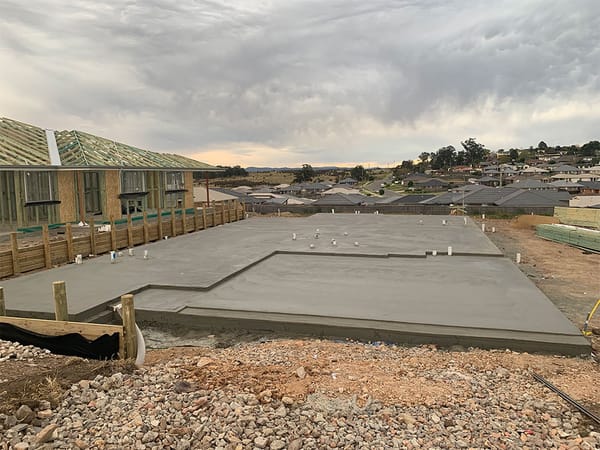Take The Quiz On This Post
Read the post, then take the quiz—test your knowledge and see what you’ve learned!
Introduction
Ever wonder why that concrete slab in your garage or driveway isn't as pristine as the day it was poured? Concrete cracks, it's a fact of life. But not all cracks are created equal. Before you panic at the sight of a crack in your foundation, learn what causes concrete to crack and which cracks are normal and which could spell trouble.
In this article, we'll explore how concrete cures and the different factors that can lead to cracks as it hardens and ages. We'll look at the types of cracks that are common and expected, like plastic shrinkage cracks, versus those that could compromise the integrity of your structure. We'll also discuss when cracks are considered serious enough to warrant calling in a professional to inspect and repair.
While concrete will never be flawless, arming yourself with the knowledge of why it cracks will help you rest easier knowing which imperfections you can ignore and which need your attention.
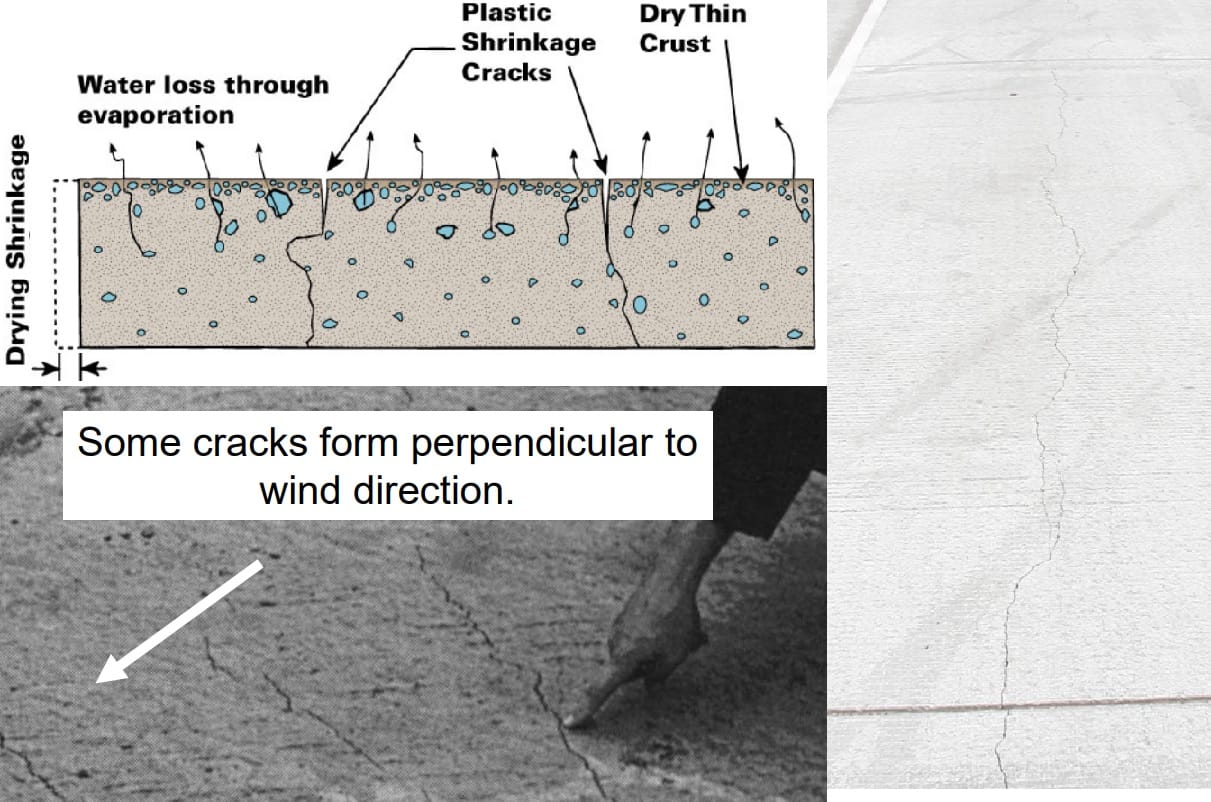
How Does Concrete Cure and Why Does It Crack?
Concrete cures through a chemical process called hydration, where water and cement form bonds and harden the concrete. As it hydrates and dries, concrete changes from a plastic to a solid state. During this transformation, concrete can crack for several reasons.
Firstly, concrete shrinks slightly as it dries out and loses moisture. If it's restrained from shrinking by foundations or framing, it cracks to relieve built-up tension. Concrete also expands and contracts slightly with temperature changes, which can lead to cracks over time.
Cracks can also form if the concrete dries out unevenly, which is common since its edges and top surface are exposed to air. To prevent cracks, concrete slabs are poured continuously in sections, left rough to bond well with the next pour, and cured evenly by keeping surfaces damp for days after pouring.
The final common cause of cracking is overloading the concrete beyond its strength capacity. Concrete continues to gain strength for years, so cracks from overloading may appear over time. To avoid this, the right concrete mix and quantity are required for the job.
Hairline cracks (less than 3mm wide) are typically nothing to worry about and can be sealed and monitored. Wider cracks may require professional inspection to determine the cause and appropriate repairs. With the proper precautions taken during installation and curing, concrete can provide a solid, crack-free foundation for your home.
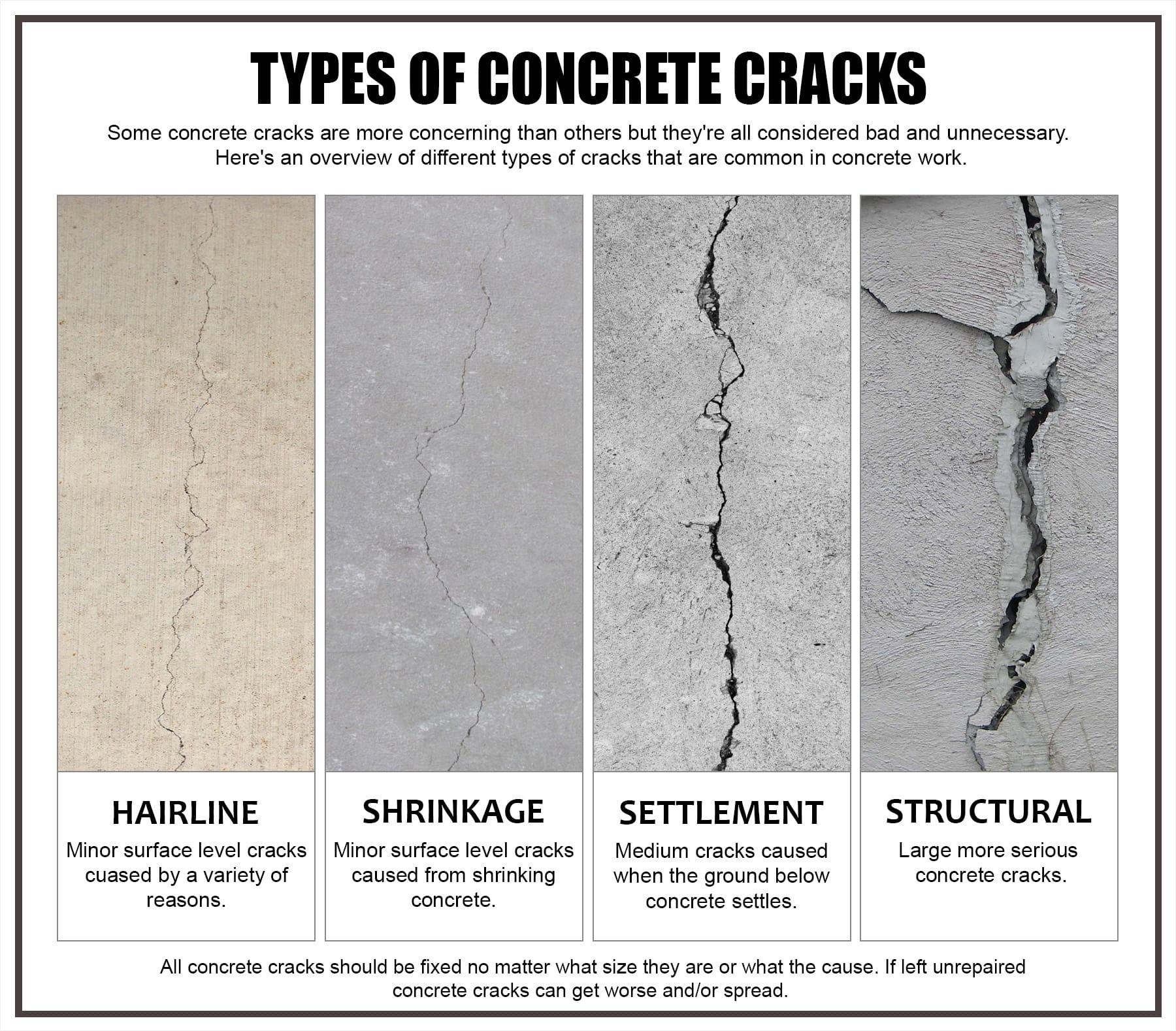
Types of Cracks in Concrete Slabs
Several types of cracks can appear in concrete slabs, and understanding the difference can help determine whether there’s any real cause for concern.
Settlement Cracks
These are caused by the soil under the concrete settling or compressing over time. They’re usually wider at the top and narrower at the bottom, forming a ‘V’ shape. Small settlement cracks (under 3mm or 1/8 inch wide) are typically nothing to worry about and can be sealed to prevent water ingress. Larger cracks may require structural repairs.
Drying Shrinkage Cracks
As concrete dries and cures, it shrinks. This natural shrinking can cause cracks to form. They’re often irregular in shape and pattern. Drying shrinkage cracks are usually superficial and not a structural concern. Keeping concrete moist as it cures can help minimise them.
Restraint Cracks
These occur when the concrete is restrained from shrinking freely as it dries. For example, if a concrete slab is poured directly onto a rigid base. Restraint cracks often appear in regular, straight lines. Releasing the restraint, e.g. by saw-cutting contraction joints in the concrete, is the solution.
Freeze-Thaw Damage
In cold climates, water in cracks and pores of concrete can freeze and expand, creating stress and enlarging cracks. These cracks tend to be wider at the surface, narrowing deeper into the concrete. Waterproofing and keeping concrete sealed can help prevent freeze-thaw damage.
While small surface cracks are usually nothing to worry about, larger cracks (over 3mm wide) or those that run diagonally across your slab can be a sign of a more serious issue and should be investigated further. It’s a good idea to keep an eye on cracks in concrete to ensure they do not worsen over time. Early intervention may prevent the need for major structural repairs down the track.
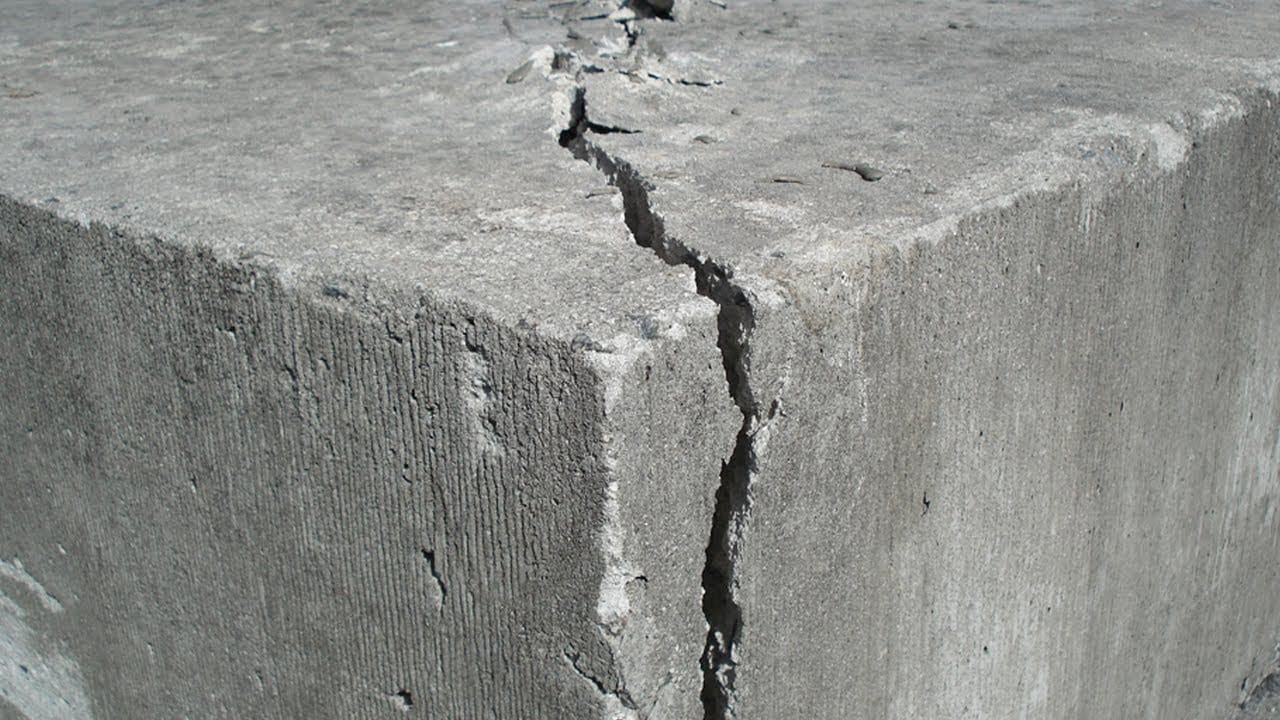
What Causes Cracking in Concrete Foundations?
Concrete cracks for several reasons, all of which are normal and expected to some degree. However, larger cracks could indicate more serious issues and may require foundation repairs. The three most common causes of cracking in concrete are shrinkage, structural movement, and environmental factors.
Shrinkage cracks appear as concrete dries and hardens during the curing process. As the water in the concrete evaporates, the material shrinks slightly. These cracks are usually very narrow, less than 3mm wide, and random in pattern. They do not typically impact the structural integrity or durability of the foundation.
Structural movement refers to settling of the foundation, often due to unstable soil conditions underneath. As the foundation settles unevenly, cracks form and widen over time. These cracks are usually vertical and wider at the top, narrowing towards the bottom. Structural cracks need to be monitored and may require foundation repairs to stabilise the footing.
Environmental factors like extreme heat, cold, and moisture can also cause concrete to crack. Repeated freeze-thaw cycles in cold weather can lead to surface scaling and cracks. In hot, dry weather, concrete loses moisture too quickly which results in plastic shrinkage cracks. Exposure to chemicals like de-icing salts can also damage concrete and cause cracking. The key is to control environmental factors around the foundation as much as possible to limit their impact.
In summary, most concrete cracks are harmless and unavoidable, caused by normal shrinkage and settling during the curing process. However, wider cracks, especially those over 6mm, could indicate more serious foundation issues and should be properly assessed by a structural engineer. Regular inspections of your home’s foundation and concrete elements are the best way to catch cracks early and address them before major problems develop.
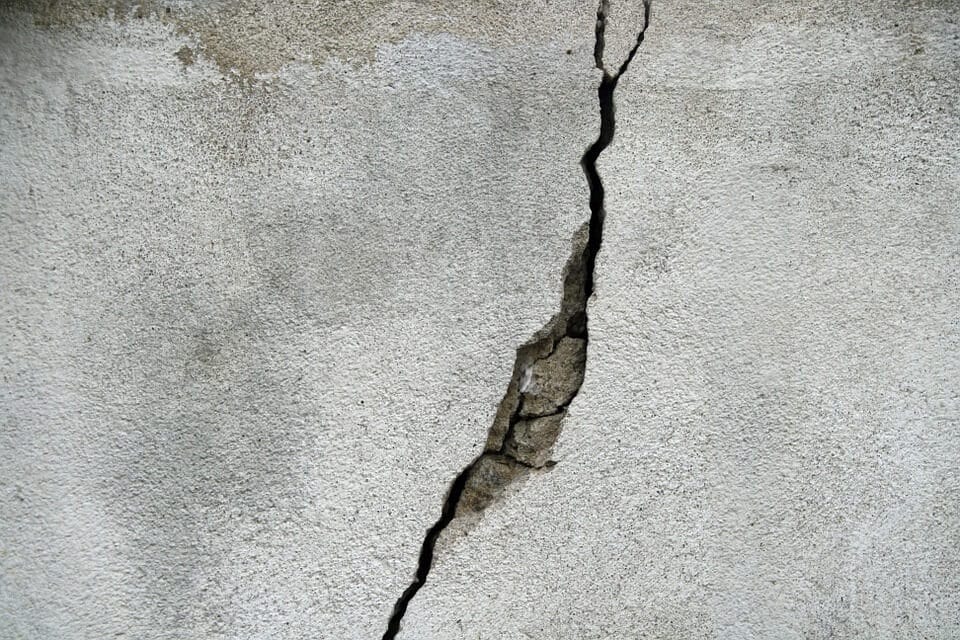
Evaluating Crack Size - When to Worry
When evaluating cracks in your concrete walls or foundation, size matters. Hairline cracks less than 0.1mm are considered normal and nothing to worry about, as concrete, will inevitably experience some minor cracking as it cures and dries. However, once cracks reach a width of 1mm or more, it’s a good idea to keep an eye on them.
Cracks between 1 to 5mm are still typically not a structural concern, but it’s best to fill them in to prevent moisture from getting in and the crack from expanding further. You can use concrete filler, caulk, or epoxy resin to patch these fine cracks. At this stage, the cracks are often caused by shrinkage as the concrete dries and settles.
Moderate cracks between 5 to 15mm signal that there may be an underlying issue causing stress in the concrete. It’s best to have these cracks inspected by a structural engineer. They may require routing and sealing, or in some cases, steel reinforcement and epoxy injection. Cracks of this size can allow significant water penetration and compromise the integrity of the concrete.
Severe cracks greater than 15mm almost always require engineer evaluation and repair. They can indicate substantial movement or damage to the foundation like soil erosion, tree root damage, or improper soil compaction during construction. Repairs for large cracks typically involve chiselling out damaged areas, installing rebar reinforcement, and then patching and sealing. In the most serious cases, underpinning the foundation or rebuilding sections may be necessary.
Rather than just patching wide cracks, it’s best to determine and fix the underlying cause. An ounce of prevention is worth a pound of cure, so reducing soil movement around foundations, managing surface and roof water, and properly compacting soil during construction can help avoid severe cracking in concrete. Regular inspections by a structural engineer are also a good way to catch issues early and keep your foundation in tip-top shape.
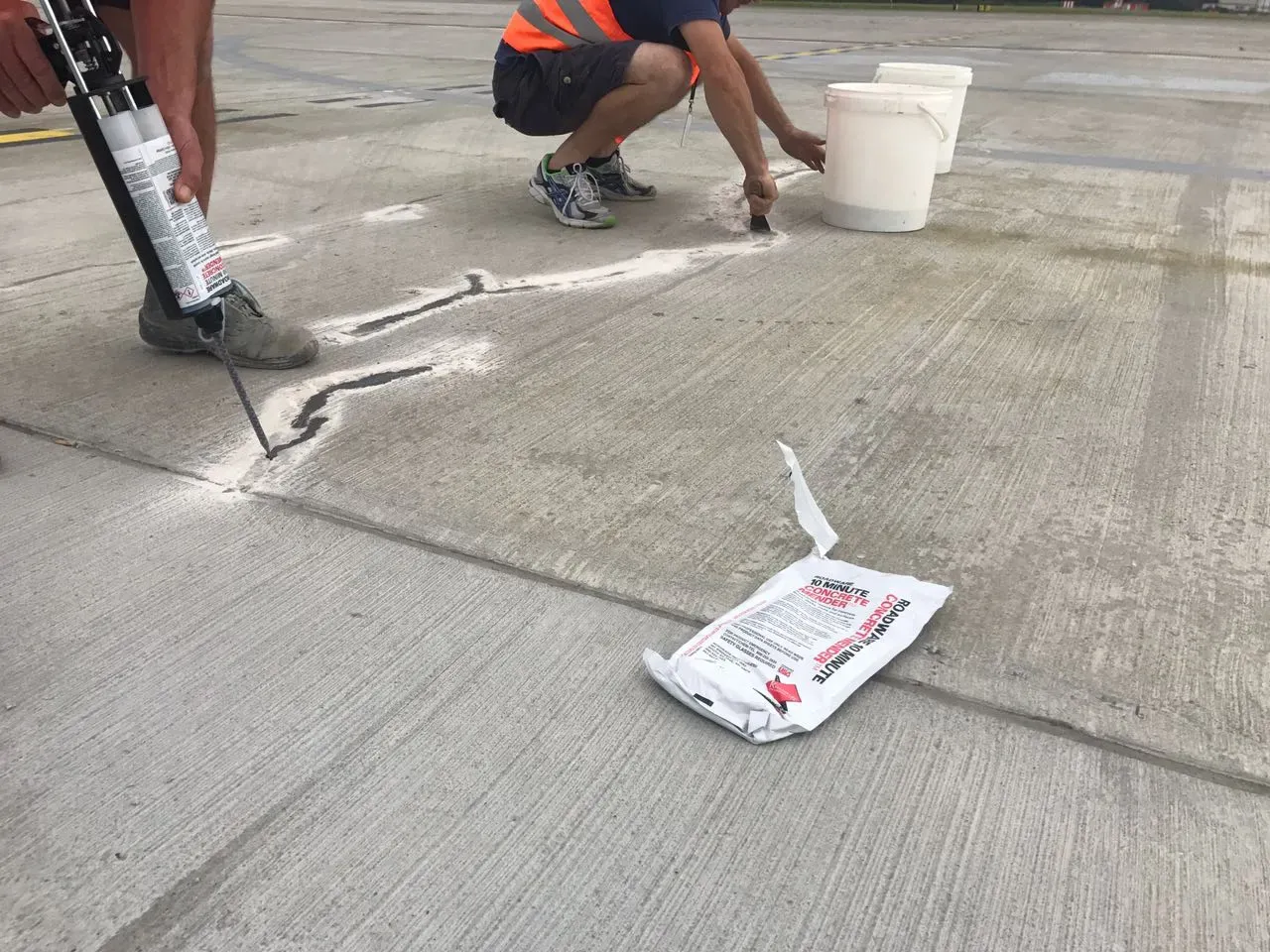
Repairing Cracks in Concrete
Once cracks appear in your concrete, it’s important to take action to repair them. Unaddressed cracks will continue to grow wider and deeper over time, compromising your foundation’s structural integrity. Several methods can be used to fix cracks in concrete, depending on their size and cause.
Patching compounds
For hairline cracks less than 3mm wide, an easy solution is to apply a concrete patching compound. These powdered compounds, when mixed with water, can fill and seal fine cracks. Look for a compound that matches your concrete’s texture and colour. Apply with a putty knife or trowel and smooth until dry.
Epoxy injection
If you have cracks wider than 6mm, epoxy injection is a good way to repair them. This involves injecting an epoxy resin adhesive into the cracks under pressure. The epoxy then hardens, sealing and bonding the concrete. For the best results, you’ll need to rout out and clean loose debris from the crack first. Epoxy injection works well for cracks caused by settlement or shrinkage and restores structural strength.
Replacing damaged sections
For severe damage with cracks greater than 18mm, it may be necessary to remove and replace damaged concrete sections. Use a concrete saw to cut out the cracked area into a square or rectangular shape. Clean out the area, then build a wooden form to hold the new concrete patch in place as it cures. Pour in fresh concrete and smooth to match the surrounding surface. Let cure for at least 5 to 7 days before removing the wood form.
This approach is labour-intensive but provides a permanent solution for badly cracked or crumbling concrete. If the cracks are caused by ongoing issues like hydrostatic pressure or erosion, additional preventative measures may also be needed to stabilise the area before patching. The key is to identify the underlying cause of the cracking to prevent the damage from recurring. With the proper repairs, your concrete foundation can remain solid for many years to come.
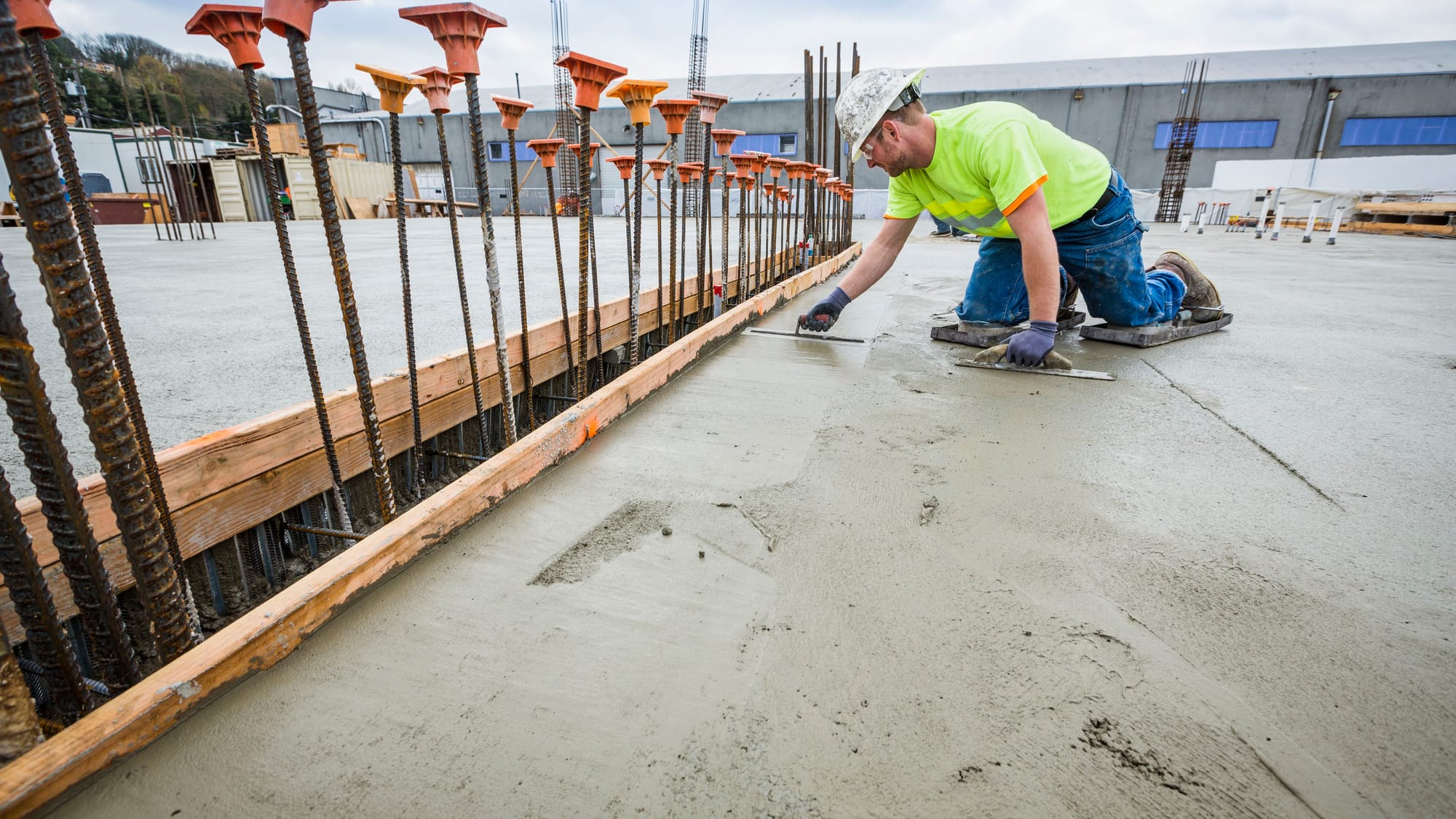
Conclusion
So there you have it - an in-depth look at why concrete cracks and what causes those imperfections in your foundation. Concrete is a complex material and as it hardens and cures, many factors can lead to cracks developing. Some amount of cracking is normal and unavoidable, but keep an eye out for larger cracks, especially those that are uneven, jagged or run diagonally. These types of cracks could indicate more serious structural issues and it's best to have an expert evaluate the foundation.
While concrete will never be perfectly crack-free, understanding the curing process and causes of cracks will help put your mind at ease about smaller imperfections. And for more significant cracks, catching them early through regular inspections means addressing any problems before major damage occurs. Your foundation is the base that supports your whole home, so keeping it in good shape is well worth the effort.
Further Reading

